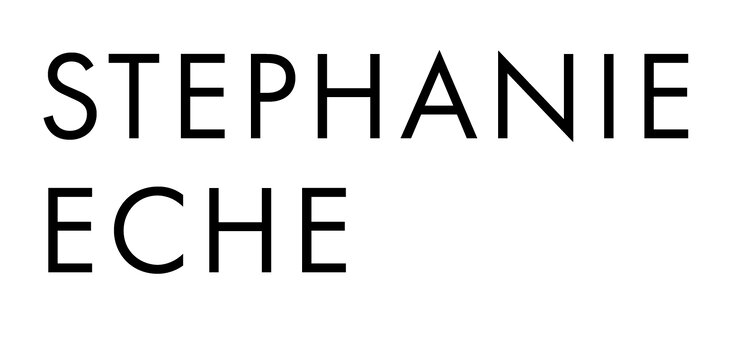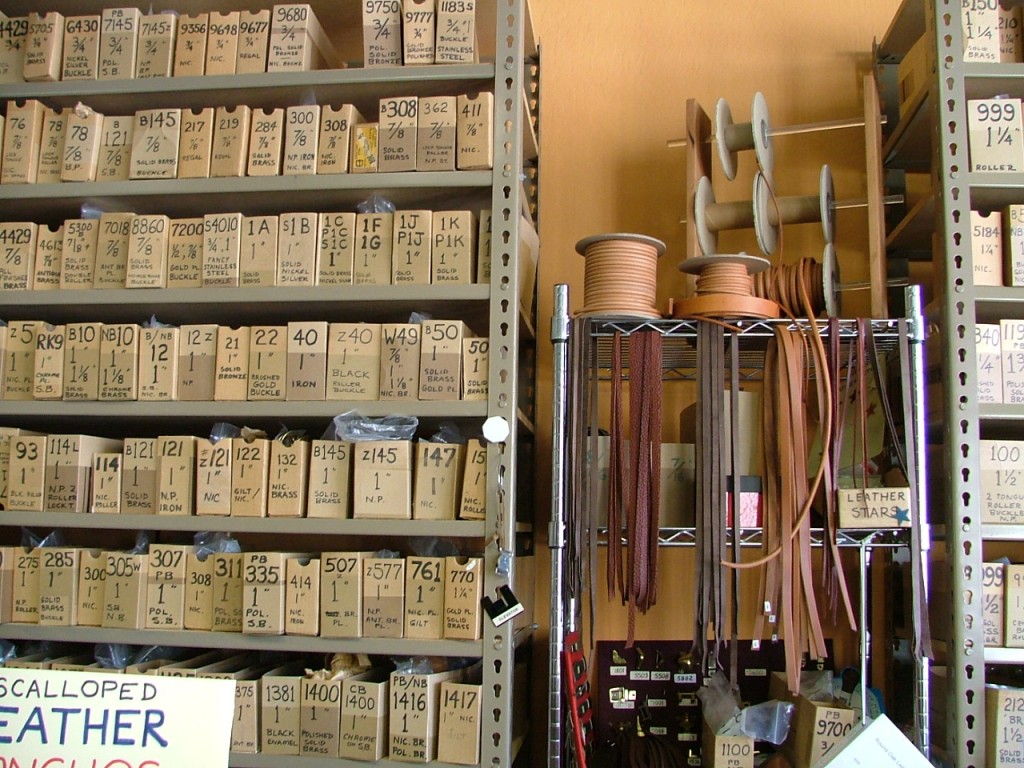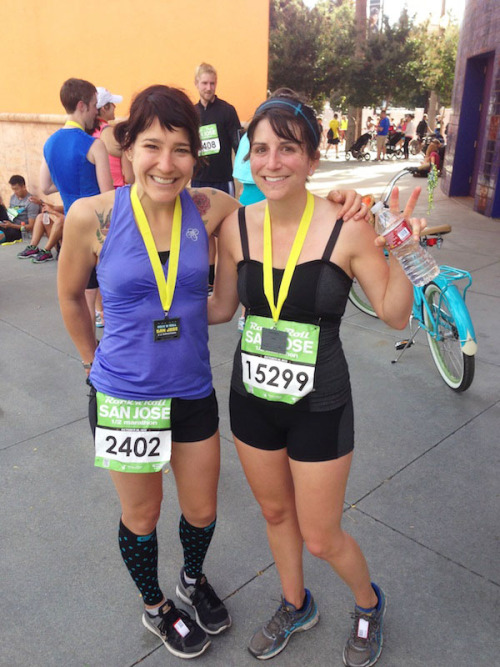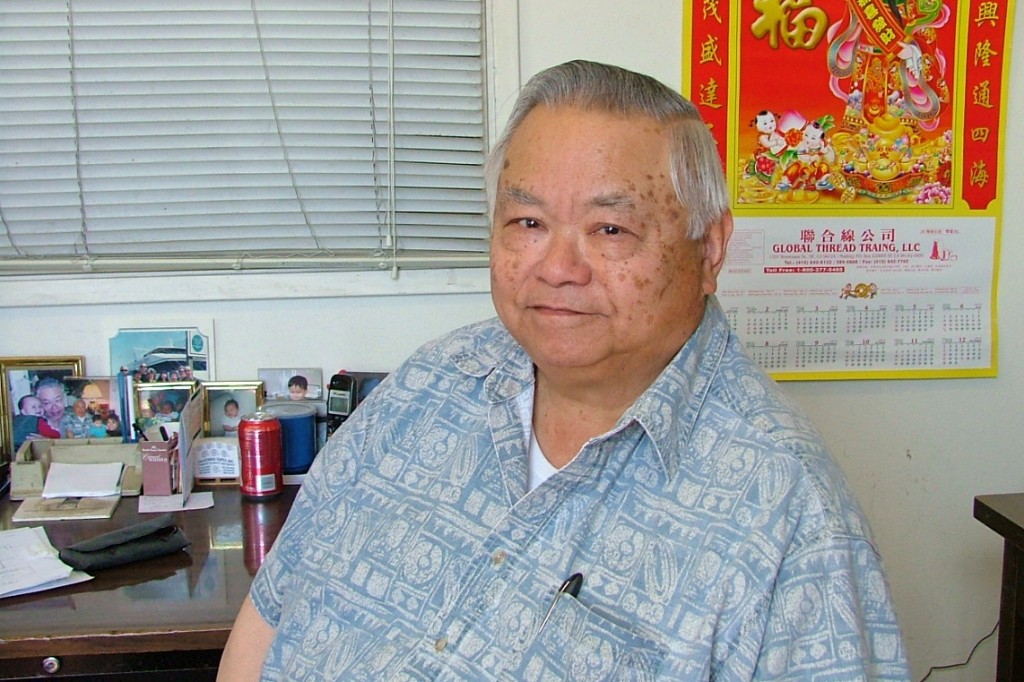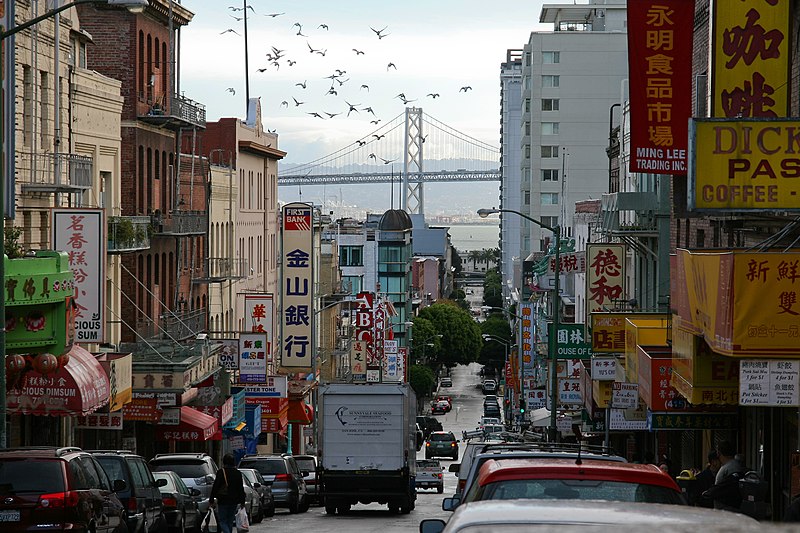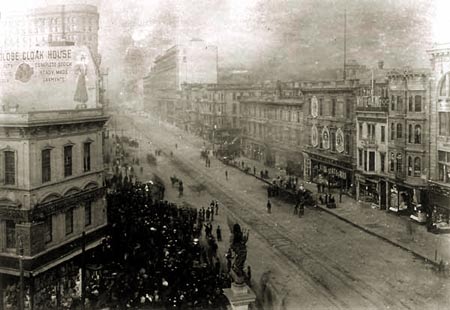We love vintage and we love American-made. Who knew we'd meet someone that is also totally in love with both? We met Lisa Rowan, owner of Beltway Vintage, back in November when she invited us to her space at Analog in Brookland. She recently released her Spring 2014 Lookbook, which was shot in the gorgeous Building 170, a circa 1919 electrical substation that's part of the Washington Navy Yard Annex Historic District. Last weekend while browsing Thread at Union Market we had a chance to ask her more about vintage, style and how to find the perfect romper. Here's our conversation:
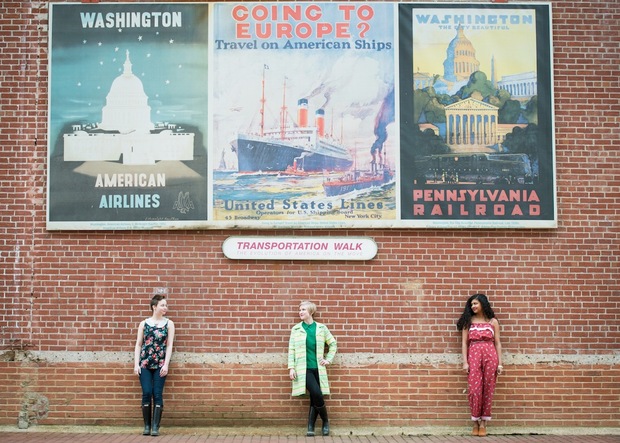
How have you seen the vintage shopping landscape change in the past five years?
The local vintage scene has both gotten larger and smaller. We've seen vintage style grow in popularity, but several big-name vintage retailers close their doors. People are more willing to search for the perfect vintage piece. And, with the economy looking a bit better, I think people are more willing to make an investment in a beautiful piece that still has a decade or two of life left.
What's the most common size in the pieces you find?
Tiny. It's getting harder and harder to find items from the 50s and 60s that are larger than a modern size 4. It's the same with shoes- we don't carry too many because there are only so many size 5 or 6 women in the area. I always tell customers that they'll never see a size 8 shoe in my vintage shop unless it's on my own feet. I hoard vintage shoes that I can wear myself.
Do you remember the first piece you bought at either a thrift or vintage store? If so, what was it? Why did you buy it?
I actually bought my senior prom dress on eBay. It was an Oleg Cassini gown, which I had sought out because I had a thing for Jackie O and I knew he was one of her favorite designers. I also wore an old pillbox hat from a Woodward & Lothrop (also an eBay score, before I knew how significant Woody's was in DC history), which in retrospect I could have skipped.
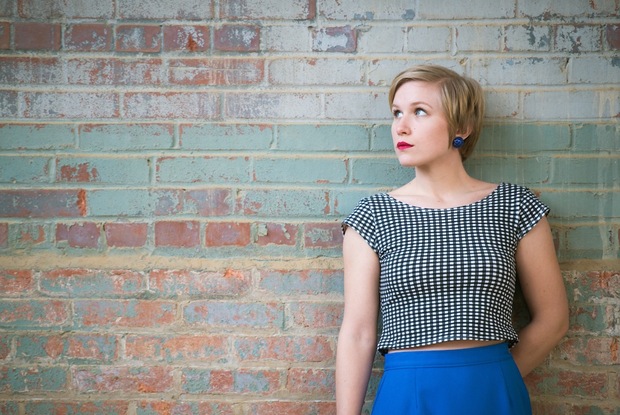
What do you think is the future of vintage clothing?
I worry about it, honestly. Pieces from middle-to-late 20th century were made so well. And a great majority of garments today are not made to last multiple seasons, let alone decades. True vintage pieces are going to quickly become scarce—and so the prices are going to go up. Buy now, vintage lovers.
What designers do you admire--contemporary or historical?
Well, I still love Oleg Cassini. I love Christian Siriano and have been following his collections very closely over the years. Nanette Lepore is a favorite. As for the past, I'm always going to love Christian Dior for giving us the New Look.
How does one find the perfect romper?
Start with the crotch, because that's going to make or break it (and you). Put it up to your waist and really, just grab the crotch seam and pull it to see where it's going to hit. I'm still searching for a flattering romper that I can wear beyond the beach.
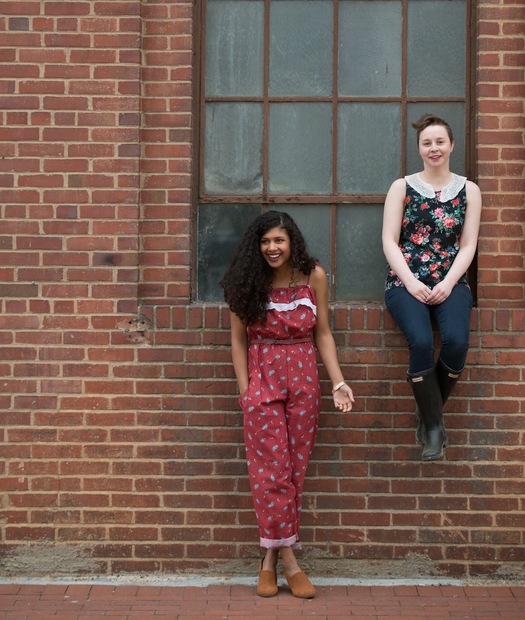
What most inspires you most in a piece of clothing?
I'd love to say color or pattern, but most often it comes down to how it's cut. I look at Robin Wright's costumes in House of Cards as a good example of this at work. Every piece she wears fits perfectly. Every dart and seam is in the right place. None of the pieces are very complicated or busy, but every one of them exudes control. The cut and fit of a garment that helps a story fall into place.
What's your favorite found treasure?
One of my favorites came from my family's own collection. My grandmother once owned a square scarf that had illustrations of different foods and their calorie counts. I haven't figured out the best way to display it yet, but I think it deserves to be up on the wall in my kitchen instead of in a box in the closet.
Where's your favorite place to find a new outfit?
I actually can't remember the last place I got a "new" outfit. Even a dress I splurged on this spring was a piece I found in a consignment store. So, I guess I would say that upscale consignment stores are my favorite.
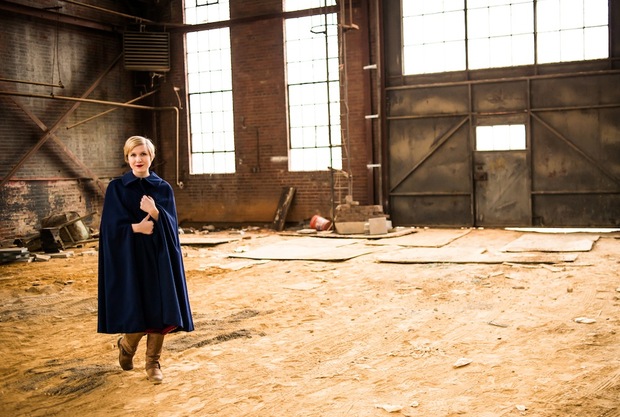
How do you put together an outfit? What piece do you start with first?
At least six days out of the week, I start with jeans. If the jeans fit, I can dress them up or down without an issue.
How do you balance live/work/pleasure? Do you sleep?
Oh, I sleep. I'm the napping champion of the Mid-Atlantic. But I'm still figuring out how to balance work and everything else. In retail, you get used to working any and every day of the week. But I look for gaps in my calendar where I can fit in a bit of fun, whether it be shopping with a friend, a coffee date, or a matinee at the movies.
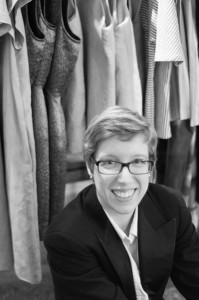 Beltway Vintage owner Lisa Rowan is the shop’s lead buyer. She’s been selling vintage for five years as a consigner, reseller, and shopgirl. She’s finishing her Master’s in Liberal Studies at Georgetown University, where she focused on American Studies. Lisa realized her path in fashion and its history when she discovered that her great-great grandfather immigrated to New England from Belgium to open a woolen mill in the late 19th century. Her graduate thesis examines the fall of the American garment-making industry, and the factors that would make a modest renaissance feasible. She loves reading about the business of fashion. You may recognize her as the DC Goodwill Fashionista for Goodwill of Greater Washington.
Visit her shop at Analog in Brookland, follow her on Twitter @BeltwayVintage + @Lisatella and like her page on Facebook!
Beltway Vintage owner Lisa Rowan is the shop’s lead buyer. She’s been selling vintage for five years as a consigner, reseller, and shopgirl. She’s finishing her Master’s in Liberal Studies at Georgetown University, where she focused on American Studies. Lisa realized her path in fashion and its history when she discovered that her great-great grandfather immigrated to New England from Belgium to open a woolen mill in the late 19th century. Her graduate thesis examines the fall of the American garment-making industry, and the factors that would make a modest renaissance feasible. She loves reading about the business of fashion. You may recognize her as the DC Goodwill Fashionista for Goodwill of Greater Washington.
Visit her shop at Analog in Brookland, follow her on Twitter @BeltwayVintage + @Lisatella and like her page on Facebook!
What about you?
Where do you shop for vintage clothes? Do you think clothes were better made 40 years ago? Have you found the perfect romper?
